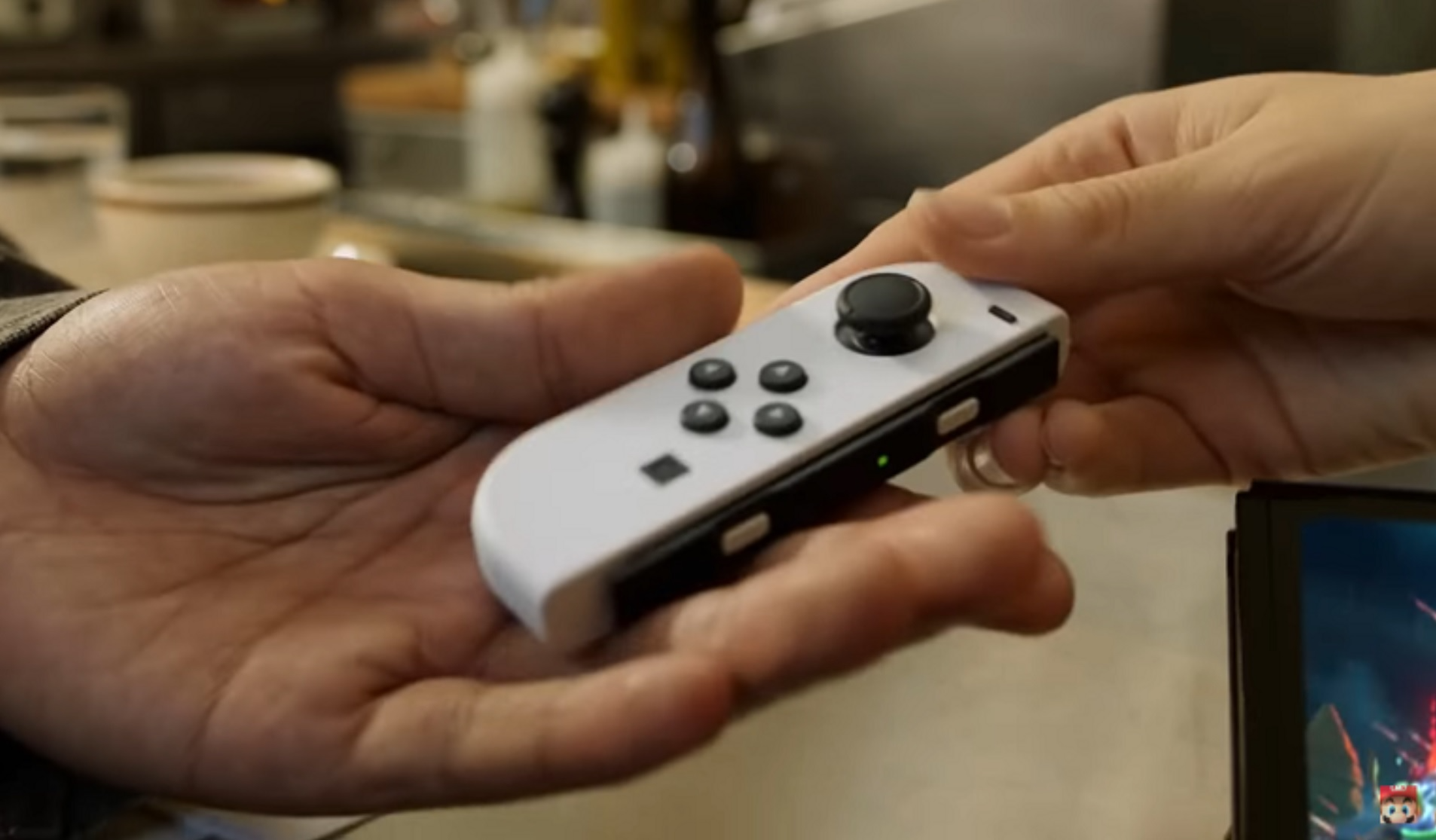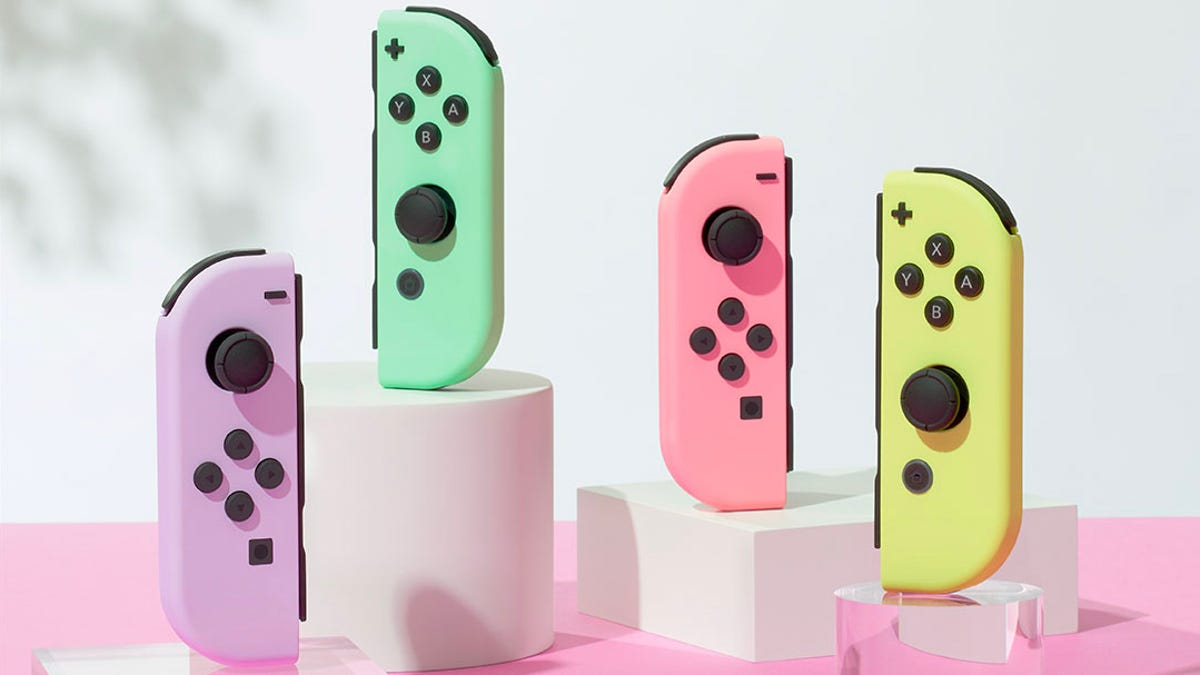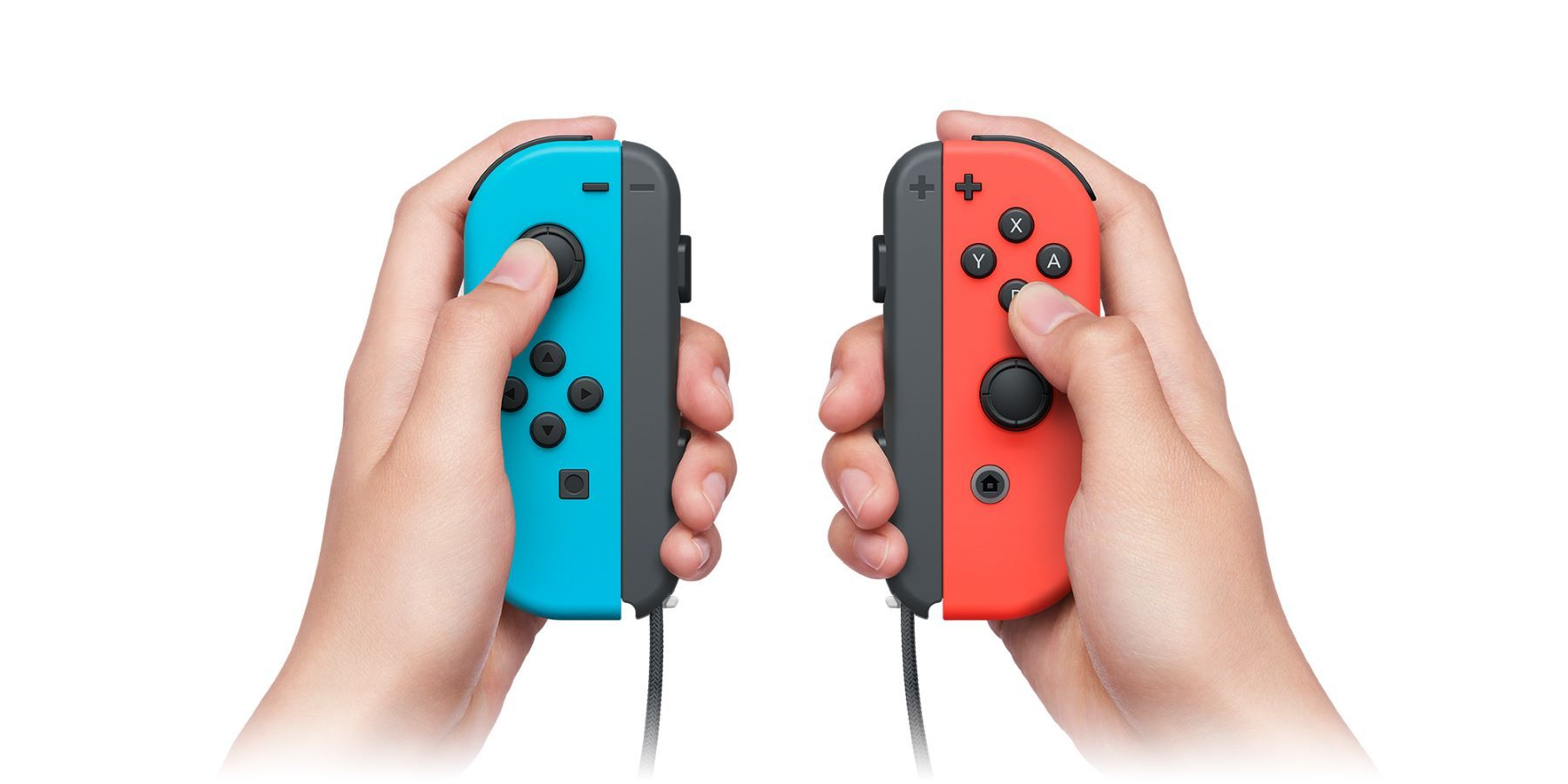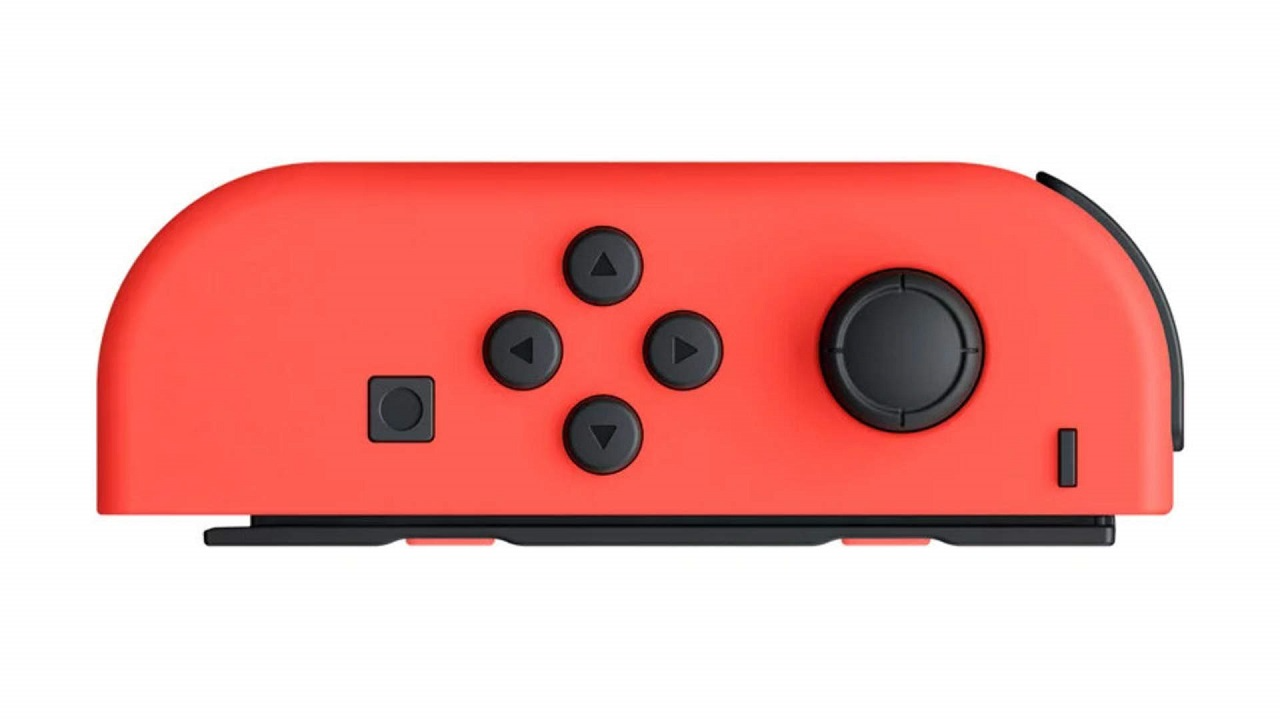Introduction
In the realm of gaming, few things are as frustrating as a malfunctioning controller. Among these nuisances, “controller drift” has emerged as a particularly irksome issue, plaguing gamers worldwide, especially those wielding Nintendo Switch controllers. This phenomenon, marked by unintended movement of in-game characters or menus without any physical input from the user, has sparked heated discussions, lawsuits, and calls for action. In this article, we delve into the depths of switch controller drift, examining its causes, impact on the gaming community, Nintendo’s response, and potential solutions for affected gamers.

Understanding the Phenomenon: What is Controller Drift?
Controller drift refers to a defect in gaming controllers where the analog sticks register movement even when they are not being touched. This results in erratic behavior within games, such as characters moving spontaneously or camera angles shifting without player intervention. The problem stems from wear and tear on the joystick’s potentiometers, small components responsible for translating physical stick movements into digital signals. Over time, dust, debris, or mechanical degradation can cause these components to incorrectly report their position, leading to the unwanted input.
The Scope of the Issue: How Widespread is Switch Controller Drift?
Since the Nintendo Switch’s launch in 2017, reports of controller drift have steadily increased. From casual gamers to professional esports athletes, users across the globe have taken to social media, forums, and even legal avenues to voice their discontent. The issue is not exclusive to Joy-Cons but also affects the Nintendo Switch Pro Controller to a lesser extent. Independent studies and surveys have suggested that drift affects a significant portion of Joy-Con owners, indicating it’s not an isolated incident but rather a systemic problem.
The Impact on Gaming Experience
Controller drift doesn’t just hinder gameplay; it fundamentally disrupts the immersive experience gaming promises. Imagine meticulously aiming in a first-person shooter only to have your aim drift off-target uncontrollably. Or, in a platformer, unintentionally sending your character plummeting into a pitfall. Beyond frustration, drift can lead to a loss of progress, unfair multiplayer advantages, and even disqualification in competitive gaming events. For many, it erodes trust in the hardware, dampening the joy of playing on the Switch.
Nintendo’s Response and Actions Taken
Initially, Nintendo’s reaction to the drift issue was met with criticism for being slow and inadequate. As complaints mounted, the company began offering free repairs for affected Joy-Cons, a policy that remains in place today. However, some users reported having to send in their controllers multiple times, suggesting a temporary fix rather than a permanent solution. In recent times, Nintendo has faced class-action lawsuits over the drift issue, prompting the gaming giant to address the problem more publicly and presumably invest in improving controller durability.
Legal Ramifications and Consumer Backlash
Legal actions against Nintendo have shed light on the severity of the drift issue and the dissatisfaction of consumers. Plaintiffs argue that Nintendo was aware of the defect yet continued to sell faulty products. These suits have pressured the company to take more proactive measures, including potential hardware revisions to future Joy-Con models. Additionally, the public backlash has led to increased scrutiny on controller quality control across the gaming industry, setting a precedent for accountability.
DIY Solutions and Preventive Measures
While waiting for official repairs or seeking alternatives, gamers have turned to DIY fixes. Online tutorials abound, guiding users through the process of cleaning or even replacing the problematic components within their Joy-Cons. Some recommend using compressed air to remove debris, while others suggest applying a small amount of lubricant to the analog sticks. However, these remedies require technical know-how and carry the risk of further damaging the controller if not executed carefully.
Preventive steps include using protective cases to minimize dust accumulation, storing controllers in a clean and dry environment, and regular cleaning with soft brushes or microfiber cloths. While these practices may prolong a controller’s lifespan, they do not guarantee immunity from drift.
Moving Forward: Lessons Learned and Industry Impact
1. Consumer Backlash and Response
- Lessons Learned: When widespread reports of Joy-Con drift emerged, initially, Nintendo’s slow response led to frustration among consumers. However, the company eventually acknowledged the issue and began offering free repairs. This episode underscored the importance of swift and empathetic customer service in maintaining brand reputation.
- Industry Impact: Other console manufacturers and third-party accessory makers took note, likely reviewing their own quality control processes to avoid similar issues. Increased scrutiny over controller durability and customer support became a focal point across the gaming hardware sector.
2. Design and Quality Control Improvements
- Lessons Learned: The drift issue highlighted a need for improvements in controller design, particularly regarding the longevity and reliability of analog sticks. Companies have since explored using higher-quality materials, better sealing mechanisms to keep out dust and debris, and enhanced testing protocols.
- Industry Impact: Future iterations of gaming controllers, not just from Nintendo but also competitors like Sony and Microsoft, may incorporate these lessons to reduce drift incidents. Additionally, it has driven innovation in controller technology, with some companies exploring alternative input methods.
3. Legal and Regulatory Considerations
- Lessons Learned: Class-action lawsuits against Nintendo over Joy-Con drift served as a reminder that product defects can lead to legal consequences. This has prompted the industry to be more vigilant about product liability and potentially influenced warranty policies.
- Industry Impact: Gaming companies may adopt more proactive measures to address potential hardware faults before they escalate, including extending warranty periods or offering extended service plans. It also emphasizes the importance of clear communication with consumers about known issues and remedies.
4. Customer Trust and Loyalty
- Lessons Learned: Handling product defects transparently and efficiently is critical for maintaining customer trust. Nintendo’s eventual response to offer free repairs and improve its customer service approach helped mitigate further damage to its brand image.
- Industry Impact: The incident underscores that a company’s response to product issues can significantly influence consumer sentiment and loyalty. It encourages the industry to prioritize customer satisfaction and long-term relationships over short-term gains.
5. Community Engagement and Feedback
- Lessons Learned: The community’s vocal feedback played a pivotal role in bringing the Joy-Con drift issue to the forefront. Platforms like social media and gaming forums facilitated the rapid spread of information and collective action.
- Industry Impact: Gaming companies are now more attuned to online communities and user feedback loops, recognizing them as powerful tools for identifying and addressing product shortcomings quickly. This has led to increased interaction between developers and gamers, fostering a sense of collaboration and responsiveness.
Conclusion
In conclusion, switch controller drift represents a significant challenge that extends beyond the realm of technical glitches. It is a test of customer trust, corporate responsibility, and the evolving expectations of gaming hardware. As the industry continues to grow and innovate, addressing such fundamental flaws will be crucial in maintaining the integrity and satisfaction of the gaming community.




